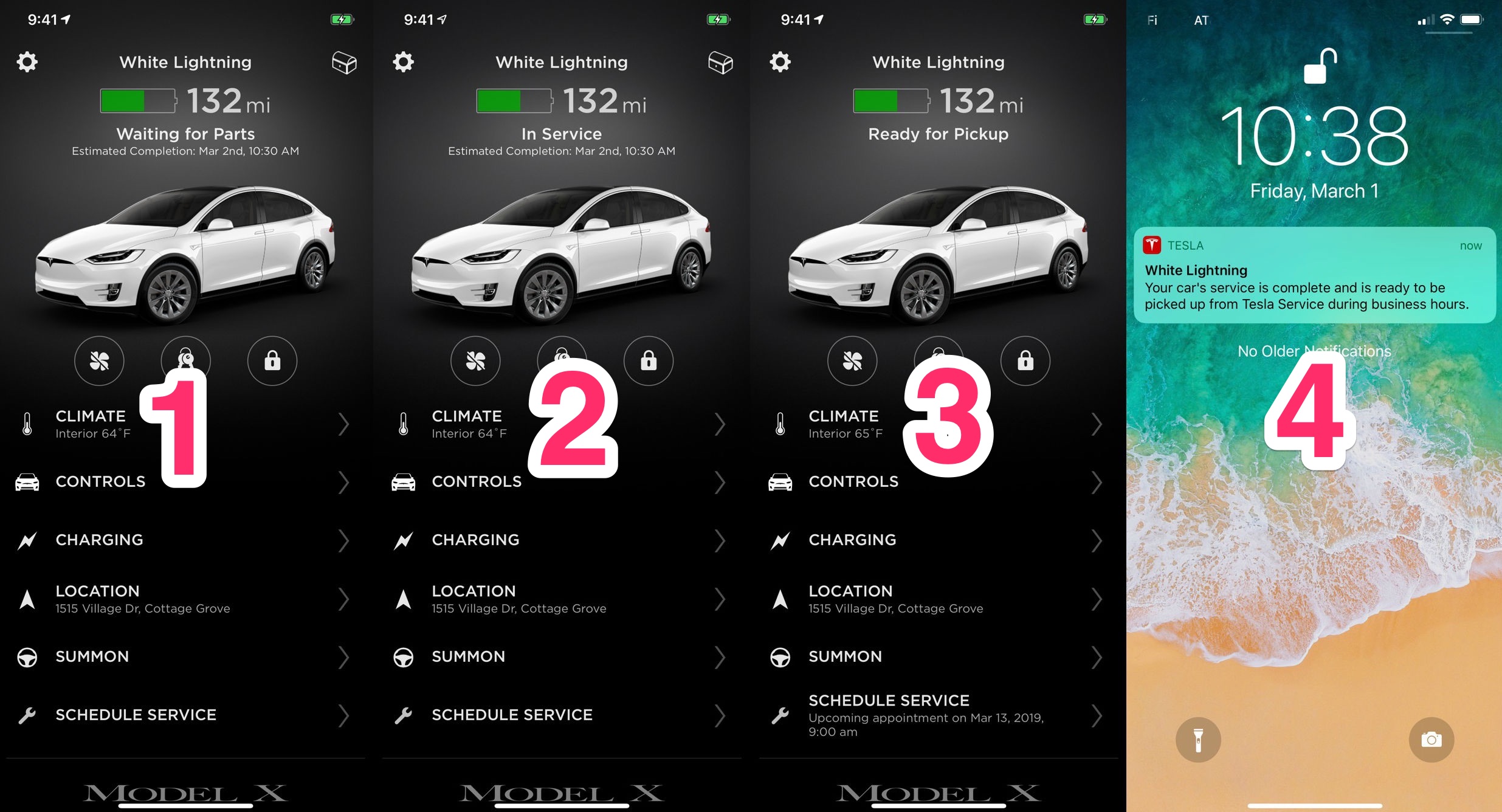Tesla CEO Elon Musk has announced that the first public Tesla V3.0 Supercharger Station will be going live this coming Wednesday, March 6, 2019.
First public Tesla V3.0 Supercharger Station goes live Wed 8pm
— Elon Musk (@elonmusk) March 3, 2019
Musk did not drop any additional details for Supercharger V3.0 in his recent tweets, though he did mention last year that the next-generation chargers will have a power output between 200-250 kW, or as much as 50% higher power than Tesla’s current Superchargers. With an even faster charging rate, Tesla will be able to widen the gap between itself and its competitors even further.
Supercharger V3.0’s upgraded output will also allow the company to accommodate more vehicles in its charging facilities, considering that shorter recharging times will result in stalls being open faster for other cars. This will be a crucial advantage for Tesla in the near future, as the company begins rolling out high-volume vehicles like the $35,000 Model 3 and the upcoming Model Y, which is expected to be revealed later this month.
While Tesla’s upcoming Supercharger V3.0 rollout is a way for the electric car maker to establish and emphasize its lead in the electric car market, the Silicon Valley-based company is not the only one developing high-powered charging stations. Volkswagen’s Electrify America, which was established as part of the auto conglomerate’s requirements following its Dieselgate scandal, is installing 350 kW ultra-fast chargers in the United States. Porsche has also announced that its dealers in the United States will be installing Turbo Charging stations, which will have an output of 320 kW. Both these ultra-fast chargers will be compatible with the Porsche Taycan, which is expected to debut later this year.
Elon Musk, for his part, is not intimidated by the higher output of competitors’ charging stations. Explaining this point in the Q1 2018 earnings call, Musk stated that “the thing about a 350 kW charger is that it doesn’t actually make a ton of sense, unless you got a monster battery pack or have like a crazy high C rating. We think 350 kW for a single car; you’re gonna frag the battery pack if you do that.”
With Tesla’s upcoming Supercharger V3.0 and other ultra-fast charging solutions debuting on the market, electric mobility is closing in on the convenience offered by conventional fuel-ups in gasoline stations.




